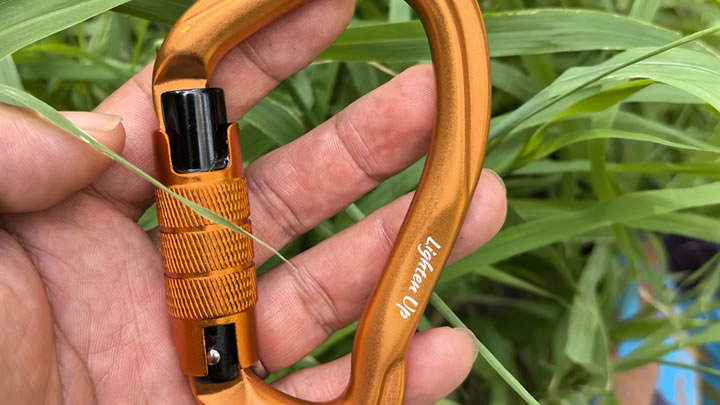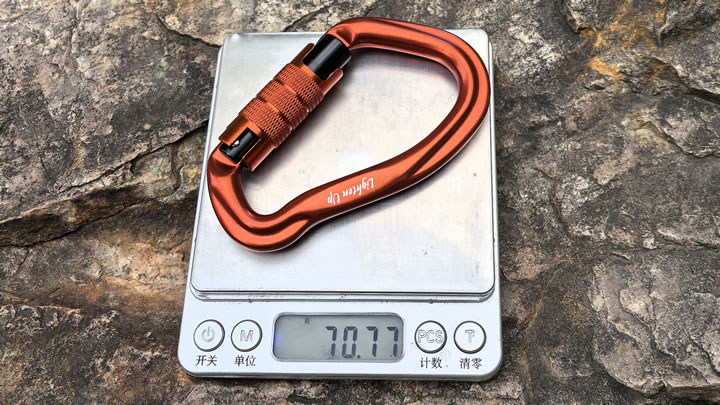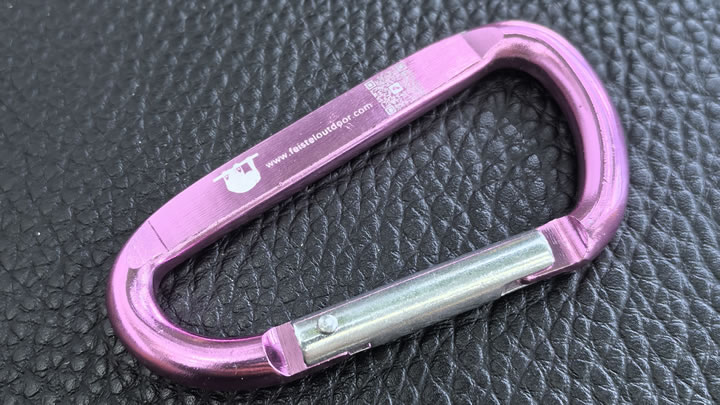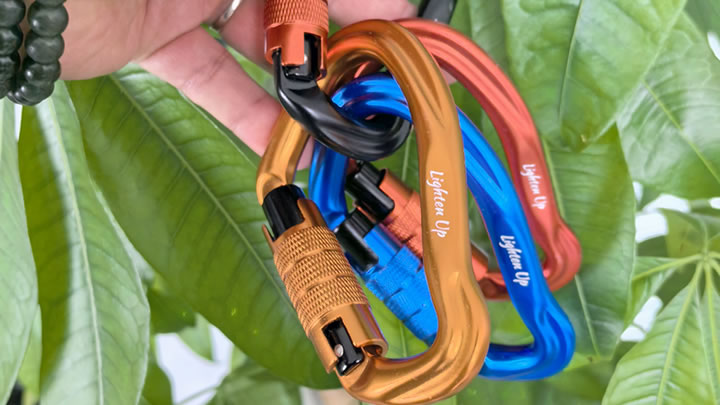Walking sticks with wrist straps: Pros and cons.
Wrist straps on walking sticks can enhance safety and comfort, but they’re not universally suitable. This guide breaks down their benefits, limitations, and expert tips to help you decide if they align with your mobility needs.
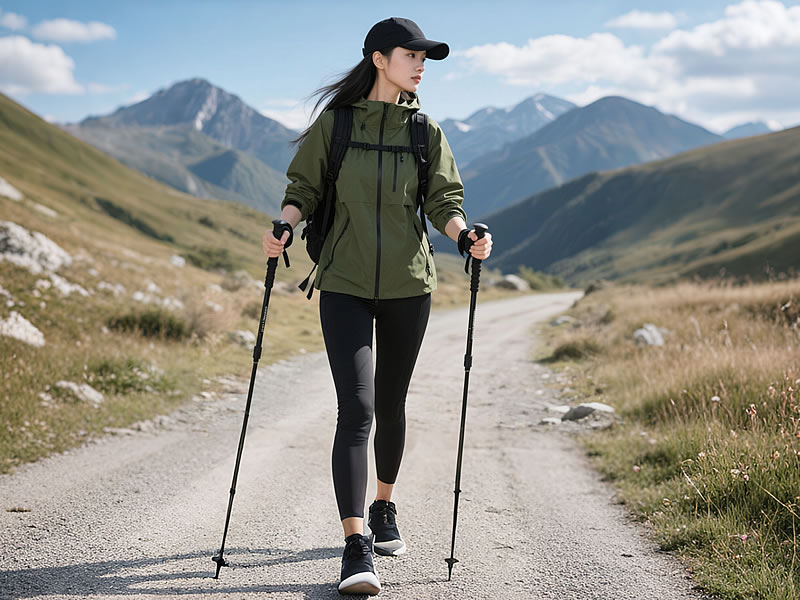
Pros of Walking Sticks with Wrist Straps
- Prevent Accidental DropsSecures the stick if your grip weakens (e.g., arthritis tremors or sweaty palms).Critical for users with limited hand strength.
- Distribute Weight EffectivelyTransfers 10–15% of upper body weight to the wrist, reducing hand fatigue.Ideal for long walks or hikes.
- Improve StabilityAdds tension for better control on uneven terrain.Helps maintain proper posture by anchoring the arm.
- Emergency SupportAllows partial weight-bearing if the stick slips mid-step.
Cons of Wrist Straps
- Restricted Wrist MobilityTight straps limit natural arm movement, potentially altering gait.Risk of tendon strain with prolonged use.
- Skin Irritation RisksPoorly padded straps chafe during extended use.May trap moisture, causing rashes (especially in hot climates).
- Improper Use DangersWrapping the strap around the wrist instead of threading it can lead to falls.Incorrect length causes arm elevation or dragging.
- Swelling ConcernsUnsuitable for users with edema or circulatory issues.
Who Should Use Wrist Straps?
✅ Recommended For:
- Arthritis or Parkinson’s patients with weak grips.
- Hikers navigating steep/rocky trails.
- Users recovering from hand/wrist injuries.
❌ Avoid If:
- You have carpal tunnel syndrome.
- Your wrist swells frequently.
- You prioritize unrestricted arm motion.
How to Choose the Right Wrist Strap
| Feature | Ideal Choice | Avoid |
|---|---|---|
| Material | Neoprene (cushioned, breathable) | Rough nylon or non-stretch leather |
| Width | 1.5–2 inches (distributes pressure) | <1 inch (digs into skin) |
| Adjustability | Velcro or buckle with 6+ length settings | Fixed-length straps |
| Attachment | Quick-release clips for emergencies | Permanent stitching |
Top Picks:
- Hugo Mobility Comfort Strap ($15): Memory foam padding, sweat-resistant.
- LEKI Trigger S ($25): Ergonomic angle, compatible with trekking poles.
- Drive Medical Adjustable Strap ($10): Budget-friendly, fits most canes.
Proper Usage Tips
- Thread Correctly:Slide hand through the strap from below, then grip the handle.The strap should rest between your hand and wrist bone.
- Adjust Tension:Allow 1–2 fingers of space between strap and wrist.Test by lifting the stick – it should dangle slightly but not slip off.
- Maintenance:Wash removable straps monthly with mild soap.Inspect stitching for wear every 3 months.
Alternatives to Wrist Straps
- Ergonomic Grips: Contoured handles (e.g., Derby or T-shape) reduce slip risk.
- Anti-Slip Gloves: Improve grip without restricting movement.
- Weighted Canes: Lower center of gravity enhances stability.
Expert Insight:
“For stroke survivors, wrist straps can compensate for hemiplegic weakness but require therapist-guided training to avoid shoulder strain.”
– Dr. Sarah Lin, Neurological Rehab Specialist
Final Verdict: Wrist straps offer valuable support for specific users but demand careful adjustment. Prioritize breathable, adjustable designs and consult an occupational therapist if managing chronic conditions.

